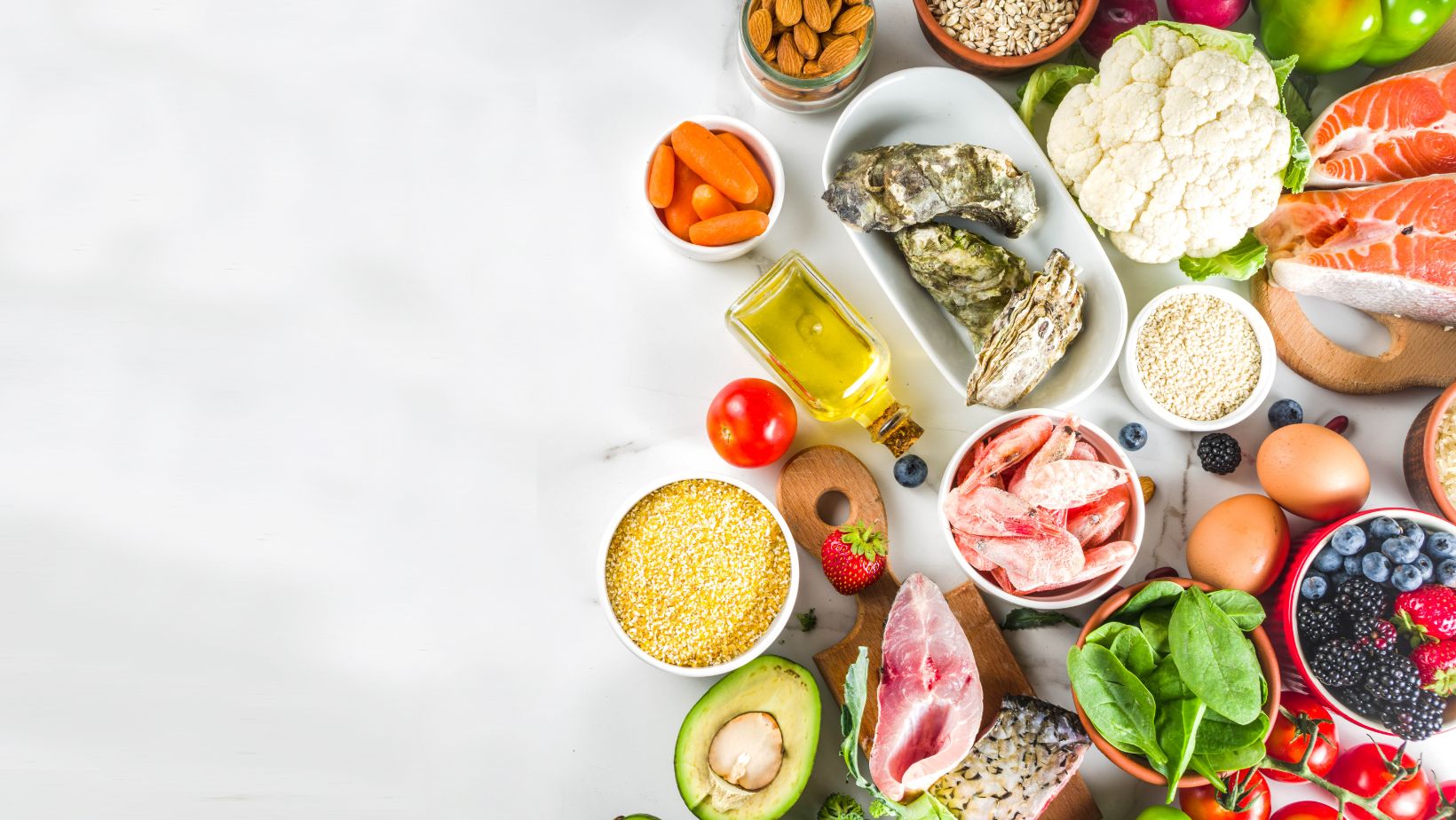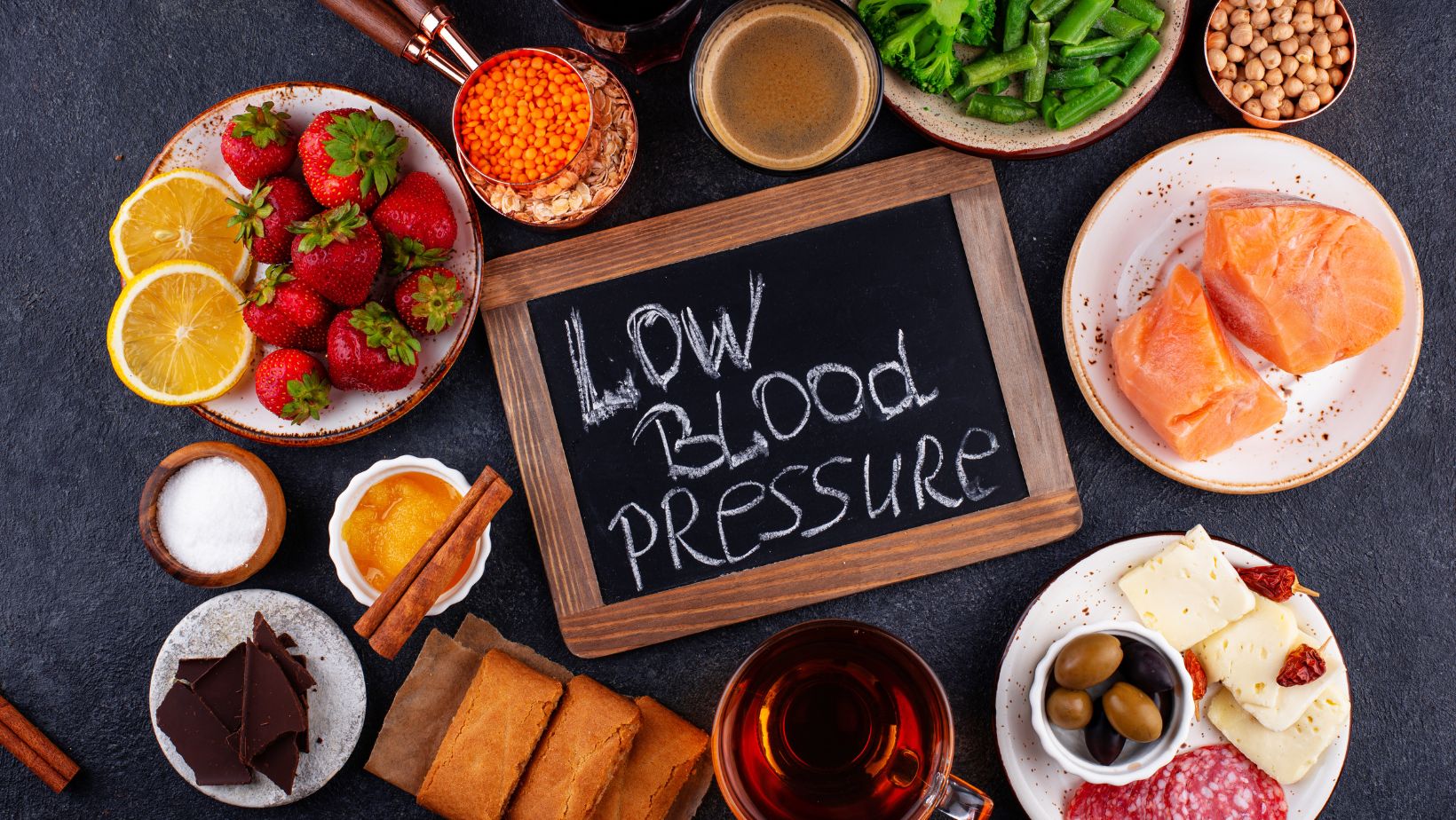
Fast food often gets a bad rap when it comes to health, but not all menu items are created equal. Take the McChicken from McDonald’s, for example. This popular sandwich has been a staple for those craving something quick, tasty, and surprisingly, not too harsh on the nutritional scale. Understanding the nutritional content of a McChicken can help consumers make informed choices, balancing indulgence with health considerations.
The McChicken sandwich, with its crispy chicken, lettuce, and mayonnaise nestled between a soft bun, offers a mix of protein, carbohydrates, and fats. For those keeping an eye on their diet, knowing the exact nutritional breakdown is crucial. It’s not just about counting calories; it’s about understanding the nutritional value of what you’re eating.
Mcchicken Nutrition
Building on the premise that the McChicken sandwich from McDonald’s offers a surprising nutritional profile, this section delves further into its specifics. By dissecting the McChicken nutrition facts, consumers gain the capability to make more informed decisions regarding their dietary choices.
Calories and Macronutrients

A standard McChicken sandwich primarily consists of a crispy chicken patty, lettuce, and mayonnaise, all housed within a soft, toasted bun. This combination contributes to a total calorie count of approximately 400 calories per sandwich. Of these calories, the macronutrient distribution is noteworthy for those monitoring their intake:
- Proteins: The McChicken provides around 14 grams of protein, essential for muscle repair and growth. The source of this protein is mainly the chicken patty, offering a decent amount for those looking to meet their daily protein needs.
- Carbohydrates: With about 39 grams of carbohydrates, the McChicken’s bun is the primary contributor to this macronutrient tally. Carbohydrates are vital for energy, and the amount present in a McChicken can provide a quick energy boost.
- Fats: The total fat content in a McChicken amounts to approximately 21 grams, with 3.5 grams of that being saturated fat. The mayonnaise and chicken patty are significant sources of the fats in this sandwich, necessitating moderation for individuals monitoring their fat intake.
Vitamins and Minerals Content

Beyond macronutrients, the McChicken sandwich also contains various vitamins and minerals, contributing to its nutritional value:
- Calcium and Iron: The sandwich provides small amounts of calcium and iron, contributing to bone health and assisting in transporting oxygen throughout the body, respectively.
- Vitamins: Although not a rich source, the lettuce in the McChicken offers minimal amounts of vitamins A and C. Vitamin A is crucial for good vision and immune function, while vitamin C is known for its antioxidant properties and its role in collagen production.
Understanding the nutritional content of fast food items like the McChicken can empower consumers to make choices that align with their dietary goals. While the McChicken has its nutritional benefits, such as being a source of protein and offering certain vitamins and minerals, it’s important to consume it as part of a balanced diet, considering its fat and calorie content.
Comparing McChicken Nutrition to Other Fast-food Chicken Sandwiches
Building on the understanding that the Mcchicken Nutrition, with its blend of protein, carbohydrates, and fats, presents a source of nutrition, it’s vital to place its nutritional content in context with other fast-food chicken sandwiches.
Caloric Comparison

Evaluating the McChicken sandwich in terms of calories reflects its relative standing amidst the fast-food chicken sandwich spectrum. A standard McChicken contains approximately 400 calories. In comparison, a basic chicken sandwich from other major fast-food chains ranges from 300 to 500 calories, positioning the McChicken as a moderate option in terms of caloric intake. For instance, some chains offer grilled chicken sandwiches as lower-calorie options, usually clocking in at around 300 calories, whereas the more decadent, crispy counterparts might escalate to over 500 calories due to additional toppings and sauces.
Nutritional Value Differences
Nutritionally, the McChicken offers a mix of benefits and drawbacks when juxtaposed with its competitors. It provides about 14 grams of protein, making it a decent protein source, but this is often surpassed by other sandwiches that might offer 20 grams or more of protein due to larger chicken portions or the inclusion of multiple meat layers. In terms of fats, the McChicken contains around 16 grams, which is comparatively lower than some of the more calorie-dense sandwiches reaching up to 20 grams or more, primarily because of their richer sauces and fried chicken pieces.

The McChicken also delivers small amounts of essential vitamins and minerals but generally falls short when paralleled with sandwiches that feature more vegetables, such as lettuce, tomatoes, and onions, which naturally increase the vitamin and mineral contents.
In essence, McChicken nutrition holds its ground as a moderate choice amidst the vast array of fast-food chicken sandwiches. It strikes a balance between caloric content and nutritional value, providing a fair amount of protein while keeping fat levels in check. However, consumers looking for lower-calorie options or higher nutritional value might consider grilled alternatives or sandwiches enriched with more vegetables.
Health Implications of Consuming McChicken
In considering the health implications of consuming Mcchicken Nutrition, it’s pivotal to dissect both the short-term and long-term effects on wellness. The nutritional composition of the McChicken, as outlined in the previous section, sets a foundational understanding for evaluating these health impacts.
Short-term Effects on Health

Consuming McChicken sandwiches can have several immediate effects on health, primarily due to their moderate calorie count, and fat and sodium content. After intake, individuals may experience:
- Energy Surge: The caloric content, approximately 400 calories, provides a quick energy boost, making it a filling option for those in need of a swift meal.
- Digestive Comfort: With 14 grams of protein and moderate fat levels of 16 grams, the McChicken can be generally digestible for most, though individuals sensitive to fried foods may face discomfort.
- Sodium Considerations: High sodium content, a characteristic of many fast-food items, including the McChicken, may lead to temporary increases in blood pressure for those sensitive to sodium.
Long-term Effects on Health

The long-term health implications of regularly consuming McChicken sandwiches, or similar fast-food items, hinge on broader dietary patterns but can include:
- Nutritional Deficiencies: While the McChicken offers a quick source of protein, its lack of vitamins and minerals means that exclusive or heavy reliance on such food items could contribute to nutritional imbalances or deficiencies.
- Weight Management Challenges: Regular intake of moderate-to-high calorie fast foods, like the McChicken, especially with limited physical activity, may contribute to weight gain and related health challenges.
- Cardiovascular Risks: The high sodium and saturated fat content, though moderate in a single McChicken, can accumulate over time if consumption is frequent, elevating the risk of heart disease and hypertension.
How to Incorporate McChicken into a Balanced Diet
After understanding the nutritional implications of the McChicken sandwich, it becomes crucial to consider how to integrate such fast-food items into a diet without negatively impacting overall health. A balanced approach towards consuming McChicken can mitigate some of the long-term health risks previously discussed.
Portion Control and Frequency of Consumption

The key to enjoying McChicken while maintaining a healthy diet lies in moderation. Limiting the frequency of McChicken consumption to once or twice a month ensures that the intake of sodium and fats remains within recommended limits. Instead of making fast food a daily habit, it’s advisable to view McChicken as an occasional indulgence.
Portion control also plays a significant role in incorporating McChicken into a balanced diet. Opting for a single sandwich and avoiding upsizing meal options help maintain calorie intake at a manageable level. By controlling portion sizes, individuals can enjoy the taste of McChicken without overindulging in calories, fats, and sodium.
Pairing with Healthier Food Options
Accompanying Mcchicken Nutrition with healthier food choices substantially increases the nutritional value of the meal. Instead of selecting french fries or sugary beverages, choosing sides like apple slices, side salads, or plain water can enhance dietary benefits. Such pairings contribute essential vitamins, minerals, and hydration, offsetting some of the processed aspects of McChicken.

Incorporating vegetables or a fruit post-McChicken meal can also aid in digestion and provide necessary dietary fiber, making the overall meal more balanced. Choosing whole foods as companions to fast-food items like McChicken not only diversifies nutrient intake but also helps in feeling satiated, which can prevent overeating.
By adhering to these guidelines on portion control, frequency of consumption, and pairing with healthier food options, individuals can enjoy McChicken as part of a balanced diet without compromising their nutritional goals.
Alternatives to McChicken for Health-Conscious Individuals
Given the context of McChicken nutrition and its implications on health, individuals looking for healthier alternatives have several options. These options can cater to the need for enjoyable meals while contributing positively to one’s nutritional intake.
Homemade Chicken Sandwich Recipes

Creating a homemade chicken sandwich provides control over ingredients, ensuring a health-conscious choice. Here are some ideas:
- Grilled Chicken Sandwich: Opting for grilled chicken over fried reduces calorie and fat intake significantly. Use whole wheat buns for added fiber and top with lettuce, tomatoes, and a light spread of avocado for healthy fats.
- Pulled Chicken with BBQ Sauce: For a flavorful option, slow-cooked chicken shredded and mixed with a low-sugar BBQ sauce served on whole-grain rolls offers a satisfying meal. Including a side of coleslaw made with Greek yogurt instead of mayonnaise can add freshness and crunch without excess calories.
- Spicy Chicken Wrap: Using a whole wheat wrap, incorporate cooked chicken breast seasoned with paprika and cayenne pepper for a spicy kick. Adding mixed greens, diced cucumbers, and a light yogurt-based dressing can provide a balanced, nutrient-rich meal.
Healthier Fast-Food Alternatives

For those times when cooking isn’t an option and fast food seems like the only choice, there are healthier alternatives to a McChicken:
- Grilled Chicken Sandwiches: Many fast-food chains offer grilled chicken sandwiches as a healthier alternative to fried options. Look for versions without added sauces or mayo and ask for extra lettuce and tomato.
- Salads with Chicken: Opting for a salad with grilled chicken can be a nutrient-dense choice. Ensure to choose light dressings or ask for the dressing on the side to control the portion.
- Chicken Wraps: Select wraps that include grilled chicken and a variety of vegetables. Be mindful of sauces and cheeses that can quickly increase the calorie count, opting for healthier spreads like hummus or avocado if available.

Ann is a beacon of inspiration and knowledge in the health blogging community, known for her holistic approach to wellness that combines mindful nutrition, balanced fitness routines, and mental health awareness. With a passion for empowering her readers to achieve their healthiest selves, Ann shares practical advice, easy-to-follow recipes, and personal anecdotes that make navigating the journey to wellness accessible and enjoyable.

